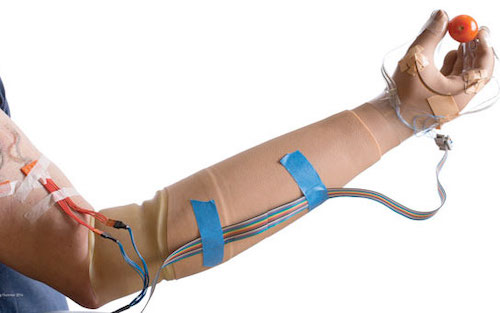
The Functional Neural Interface Lab of Case Western Reserve University is advising a senior design group from Vanderbilt University for a capstone project involving the conversion of a velocity-based myoelectric prosthesis to a force-based controller. Follow along this journey from conception to design to prototype!
Background
The Functional Neural Interface Lab of Case Western Reserve University, under the guidance of Dustin J. Tyler, B.S EE, PhD BME, seeks to “improve human neurologic health and function through the integration of engineered devices into living systems. The specific research projects ongoing are (a) neural interfaces for amputee prostheses; (b) stimulation paradigms for natural sensation and improved function; (c) dynamic laryngotracheal closure; and (d) implementation of peripheral nerve electrodes in functional restoration in individuals with spinal cord injury” [1].
Our project works in collaboration with research projects (a), (b), and (c) above. Specifically, the goal of these projects is to create a contained system that restores tactile sensation to prostheses, providing amputees with the ability to once again feel.
Our Project
Currently, lab-grade myoelectric prostheses work on a velocity-based controller. While this provides functionality, it does not accurately mimic the muscle activation cycles and motion of an intact hand which limits its use in direct comparisons with intact hand functionality. The goal of this senior design project is to convert a velocity-based prosthetic controller to a force-based controller through the manipulation of both software and hardware aspects of a commercially-available myoelectric prosthesis to more accurately represent muscle use and movement during hand motion.
[1] http://engineering.case.edu/ebme/tyler/research